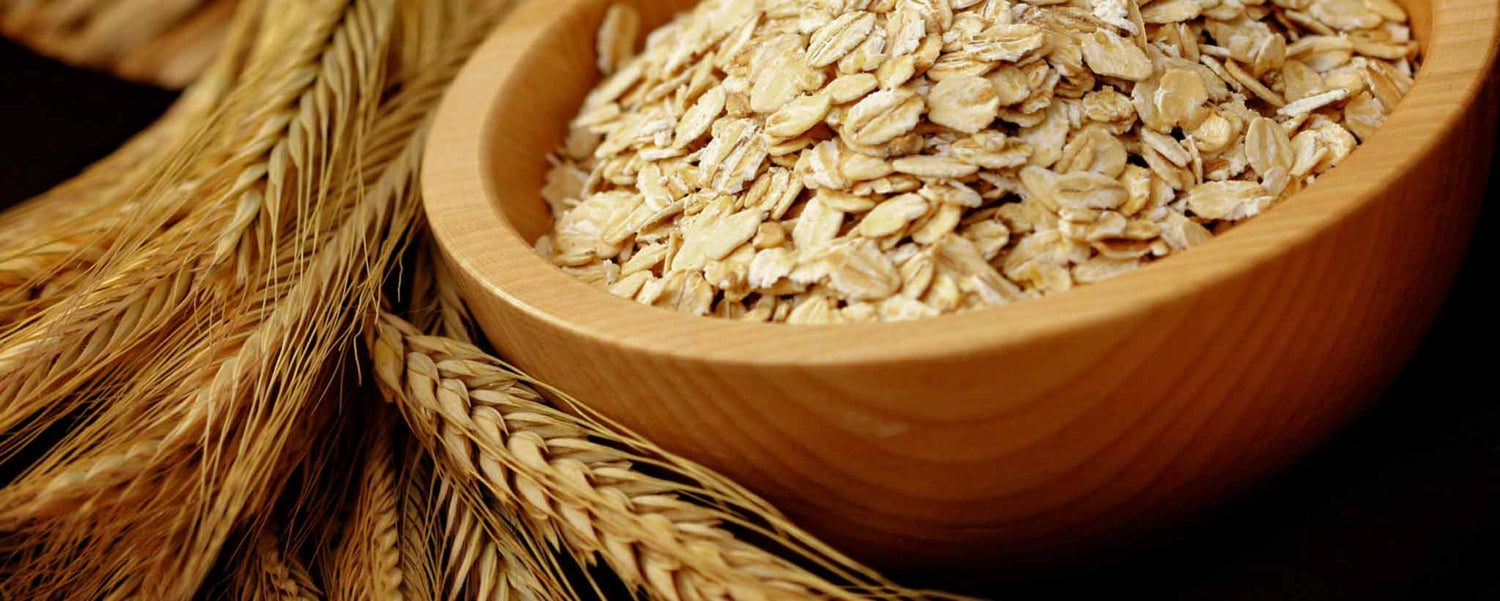Food can be fortified before purchasing or fortified by you while cooking at home.
Everything is Fortified
When cooking, do you “season to taste,” perhaps including sugar and spice and everything nice? We wouldn’t normally consider this fortification. Taste. Sprinkle. Taste. Sprinkle some more. Have you ever thought of intentionally adding ingredients to your food that do not improve the flavor?
Prepackaged Fortification
To some people, “fortify” is a dirty word. It suggests additives or impurities. Many over-processed foods are indeed stripped of nutrients. These foods are often enriched with supplemental vitamins and minerals to bring them back to at least the pre-processed level. In marketing “health” to the consumer, the food industry is adding vitamins and omega 3 to many foods that are unhealthy to begin with.
Adding vitamins to a chocolate cupcake may please your conscience but it will not flatten your belly. The Grocery Manufacturers Association has this to say about fortification:
Many ingredients added to food have substantial health benefits for consumers, providing consumers with well-substantiated claims about food’s functional benefits can play an important role in promoting public health.

The growing list of heart-healthy and brain-enhancing foods are more enticing than less fortified products. But do they work? “We’re giving a lot of attention to Alzheimer’s and we’re all worried about cancer,” says Dr. Marc Siegel of New York University Hospital in New York City.
“So as soon as we hear [about] something that may ward off cancer, we want it. But we have to be very careful, because these things have not been studied scientifically, and we must rely on true scientific research to tell us what’s good and what can really help us, and what dose can help.”
When considering whether to purchase prepackaged fortified foods, nutritionist Joy Bauer says consumers should first answer three questions:
- Is this food healthy to begin with?
- How meaningful is the claim?
- Do you need this additive?
So the value of prepackaged fortified foods depends upon whether they were originally good for us, and if we require the vitamins and minerals that have been added to maintain our health. This is where a registered dietitian can provide useful direction for our individual needs and goals.
Self-Fortification
Flax seed (omega 3), wheat germ, protein powder, blended spouted silken tofu or nuts and various seeds do not add an abundance of flavor to foods. But they do provide essential nutrients.
| “Superhero Foods” For Vegetarians and Vegans | |
|---|---|
| Food Source | Vitamins and Minerals |
| Spinach | Fiber and most of the vitamins and minerals commonly found in meat products, including calcium, iron, zinc, and folic acid |
| Lentils | Contain protein, fiber and complex carbohydrate, iron, some B vitamins, potassium, magnesium, and zinc |
| Soya Beans | Protein, some B vitamins, polyunsaturated fat, iron and fiber |
| Tofu and Tempeh | Protein, iron, magnesium, calcium, and phosphorus |
| Quinoa | Carbohydrates, protein, fiber, various forms of vitamin B, magnesium, phosphorous, iron, copper and manganese |
| Rolled Oats | Good source of protein, thiamin, niacin, iron, fiber, and carbohydrates |
| Wheat Bran | Excellent source of soluble fiber, iron, and carbohydrates |
| Wheat Germ | vitamin E, folic acid, magnesium, thiamin, phosphorus, and zinc |
| Dried Apricots | Beta-carotene, calcium, fiber, and vitamin C |
| Almonds | Monounsaturated oil, protein, calcium, iron, fiber, and vitamin E |
| Seeds | Sesame and Sunflower Seeds: protein, rich in calcium, iron, zinc, vitamin E, magnesium and phosphate |
Items in this non-comprehensive table make a useful short shopping list. The items are not restricted to vegetarians. Everyone needs vitamins and minerals. Fortifying foods may be a way to give picky eaters the required nutrients. It is best if we can get them from natural whole foods rather than supplements. But, in the absence of sufficient nutrients within the foods we buy, fortification and multivitamins may keep us A Bit More Healthy.
So where do you stand? Is fortification a necessary evil? In your comments below, I invite you to share ideas on natural ingredients you utilize to fortify meals. It might be as simple as spreading peanut butter onto crackers. Perhaps you add banana slices to cereal for potassium. You might add flax seed to brown rice or also mix it with hot cereal to boost omega 3. I drop vitamins and oatmeal into the blender when making smoothies.
To support the writing of useful articles about food, ClinicalPosters sells human anatomy charts, scientific posters, and other products online. You may sponsor specific articles or remit a small donation.
ClinicalPosters sells human anatomy charts, scientific posters, and other products online to offset expense of the writing useful articles about food. Slide extra posters into DeuPair Frames without removing from the wall.
Show your support by donating, shopping for ClinicalPins, or leaving an encouraging comment to keep the research going.
To support the writing of useful articles about food, ClinicalPosters sells human anatomy charts, scientific posters, and other products online. You may sponsor specific articles or remit a small donation.
ClinicalPosters sells human anatomy charts, scientific posters, and other products online to offset expense of the writing useful articles about food. Slide extra posters into DeuPair Frames without removing from the wall.
ClinicalPosters sells human anatomy charts, scientific posters, and other products online. You may remit a small donation.
You can support the writing of useful articles about food by sponsoring specific articles or remitting a small donation. Visible content is optimized for device size.






 Romance & Health Intertwine. Fall in love with a captivating romance miniseries that explores the essence of well-being. Become a ClinicalNovellas library member for heartwarming tales.
Romance & Health Intertwine. Fall in love with a captivating romance miniseries that explores the essence of well-being. Become a ClinicalNovellas library member for heartwarming tales.




